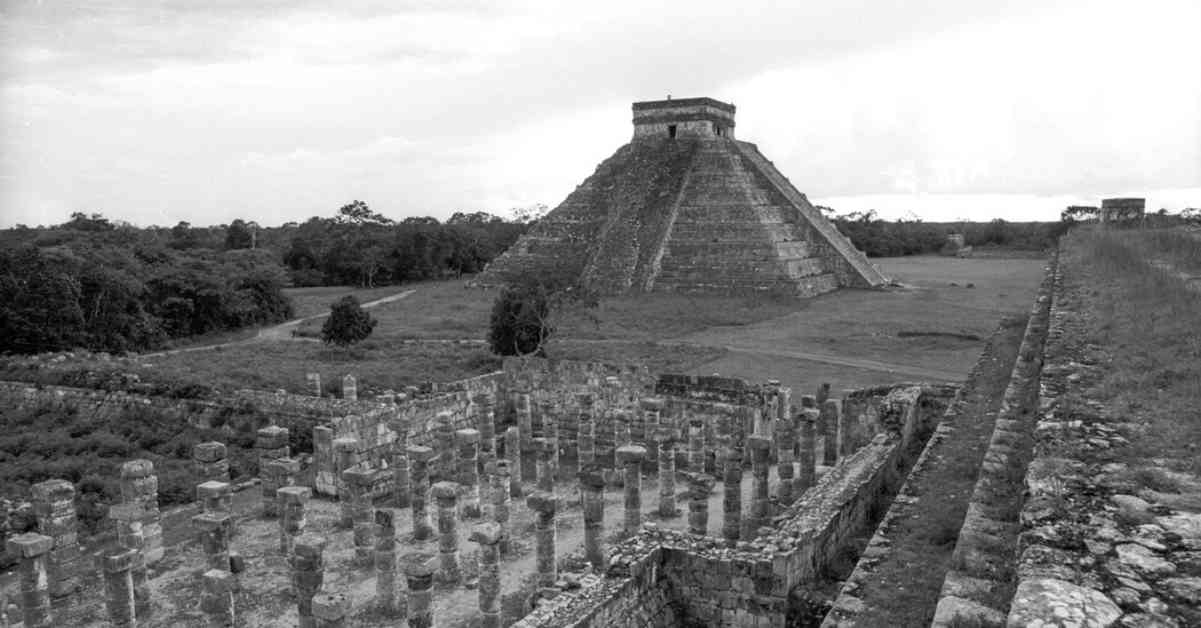In 1967, workers at Chichén Itzá discovered human remains while building an airport. These remains belonged to children who were sacrificed by the ancient Maya between 500 and 900 A.D. The excavation of over 100 sets of remains revealed that the children were all local Maya boys, potentially selected to be killed in sibling pairs.
The DNA extracted from these children’s remains has provided researchers with valuable insights into the religious rituals of the ancient Maya. These ancient genomes have shed light on the identities of the sacrificed children and their connection to modern descendants. This groundbreaking research, published in the journal Nature, marks the first time ancient Maya genomes have been studied in this way.
The study initially aimed to investigate the genetic legacy of a deadly pandemic that ravaged Mesoamerica in 1545. This outbreak of Salmonella enterica wiped out up to 90 percent of the Indigenous population, leaving a lasting impact on the immune genes of survivors. By comparing the DNA of precolonial remains with that of post-pandemic individuals, researchers were able to trace the genetic effects of this devastating disease.
The discovery of these ancient genomes has opened up new avenues for studying the ancient Maya civilization and its practices. The sacrificial rituals of the Maya, particularly involving children, have long fascinated researchers and archaeologists. The findings from Chichén Itzá provide a unique glimpse into the religious beliefs and cultural practices of this ancient civilization.
As we continue to unravel the mysteries of the past through advances in DNA technology and archaeological research, we gain a deeper understanding of the rich and complex history of the Maya civilization. The stories of these sacrificed children serve as a poignant reminder of the religious traditions and societal structures that shaped the lives of the ancient Maya people.




